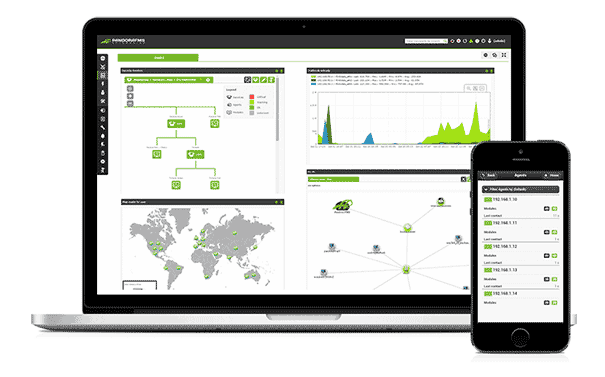
For the last half-century we have lived in a new, network-enabled global age, and for the last couple of decades, under the new paradigm of Globalism, which means your HQ could be in London, your accounts department in Dublin and your IT support in Mombai. The age of inequality is creating opportunities for some as fast as it is eliminating them for others: we call this outsourcing, and it has triumphed on the back of several claims:
- Cost-savings and economies of scale: your systems are installed in shared environments, but isolated from other clients’ systems by powerful security protocols, thereby achieving the best of both worlds: a secure environment, and a dedicated IT team, which costs you a fraction to employ because you’re sharing costs with other, globally-minded outfits.
- Improved systems performance, with 24/7 oversight, and a team of IT admins who eat, sleep and breathe shoulder-to-shoulder with your IT installation, and those of hundreds of others, The IT administrators are aces, seeing as they’re constantly dealing with incidents as they run out the pipe, rather than with the issues of a single IT eco-system.
- Universally accessible systems. The Cloud is all around, accessible from almost any network, any timezone, any OS, and it’s also backed up by a flexible and dedicated team of outsourcees.
- Just to make sure there are no hiccups in the service, everything is signed, sealed and backed up by an SLA agreement to give you peace of mind.
So, who checks that those SLA agreements are adhered to? The same company who provides the outsources service also turns in a weekly report on the status of the systems associated to your service.
If you’re thinking about outsourcing your IT administration and/or oversight, here are a few questions you can ask yourself:
- The next time the subject comes up, will you be able to say to your CFO that the weekly outsourced operations report provides enough information and justification to outsource your IT services? Does that report contain all the answers to the questions other department heads put to you? Is it flexible enough to adapt to new technological developments?
- Are the reports 100% accurate?
- What about service outages? Do I get real time feedback, or am I going to be finding out at the same time as my irate clients?
- What about if your systems suffer a process of degradation? Is that going to be considered in your weekly SLA report? Or, as long as the systems are still on their feet, will they even figure in the report?
- Can I be sure that my shared Cloud resources are reflected exactly in reality as they appear to be contractually? Disc speed, memory, processing power, bandwidth…
- Are your agreed maintenance standards being applied? Details such as hardware or data backups, or a history of interventions on your outsourced systems need to be covered in your reports
- Is my data secret? Is it safe? As long as there is third-party hardware involved, security is going to be the most important issue for the majority of outsources.

Of course, we don’t actually think that out suppliers are scamming us, but at the same time, we’re talking about a hefty sum when an SLA is not respected, and there is not only a financial cost to assume but also the damage to reputations, to confidence, credibility – the whole matrix of capitalist fundamentals – plus technical, administrative and service problems on top of that. In other words, money: 0, ¥€$!
A reputable monitoring system helps to keep your SLAs all in a row, plus allowing you to dig down into the data, for extra feedback, even at the most fine-grained level. A good monitoring tool will also allow you to cross-reference third-party data and keep an eye open for divergencies that can be corrected for optimal service. All that, plus the standard markers you expect from monitoring (when, where and why an error occurred).
A good console panel, service map and event manager lets you quickly evaluate an incident’s impact, which services are affected and to plan accordingly.
Pandora FMS can provide the answers to all these vital questions. It can help you scale correctly for the size of the environment you want to monitor, generate reports to a programmable schedule, that help to explore your systems and justify their correct operational status, and of course ensure that the SLAs are being met.
Pandora FMS is the most flexible monitoring system on the market, adaptable to almost any IT environment, purpose, OS…, giving you the power to oversee servers, apps, communications, security, traffic, websites, services, UX, transactions from a single, centralized tool, whatever your resources, and however they may be distributed – around various offices and branches, or in the Cloud, or in different countries. It’s all the same to Pandora FMS.
Pandora FMS’s editorial team is made up of a group of writers and IT professionals with one thing in common: their passion for computer system monitoring. Pandora FMS’s editorial team is made up of a group of writers and IT professionals with one thing in common: their passion for computer system monitoring.
















